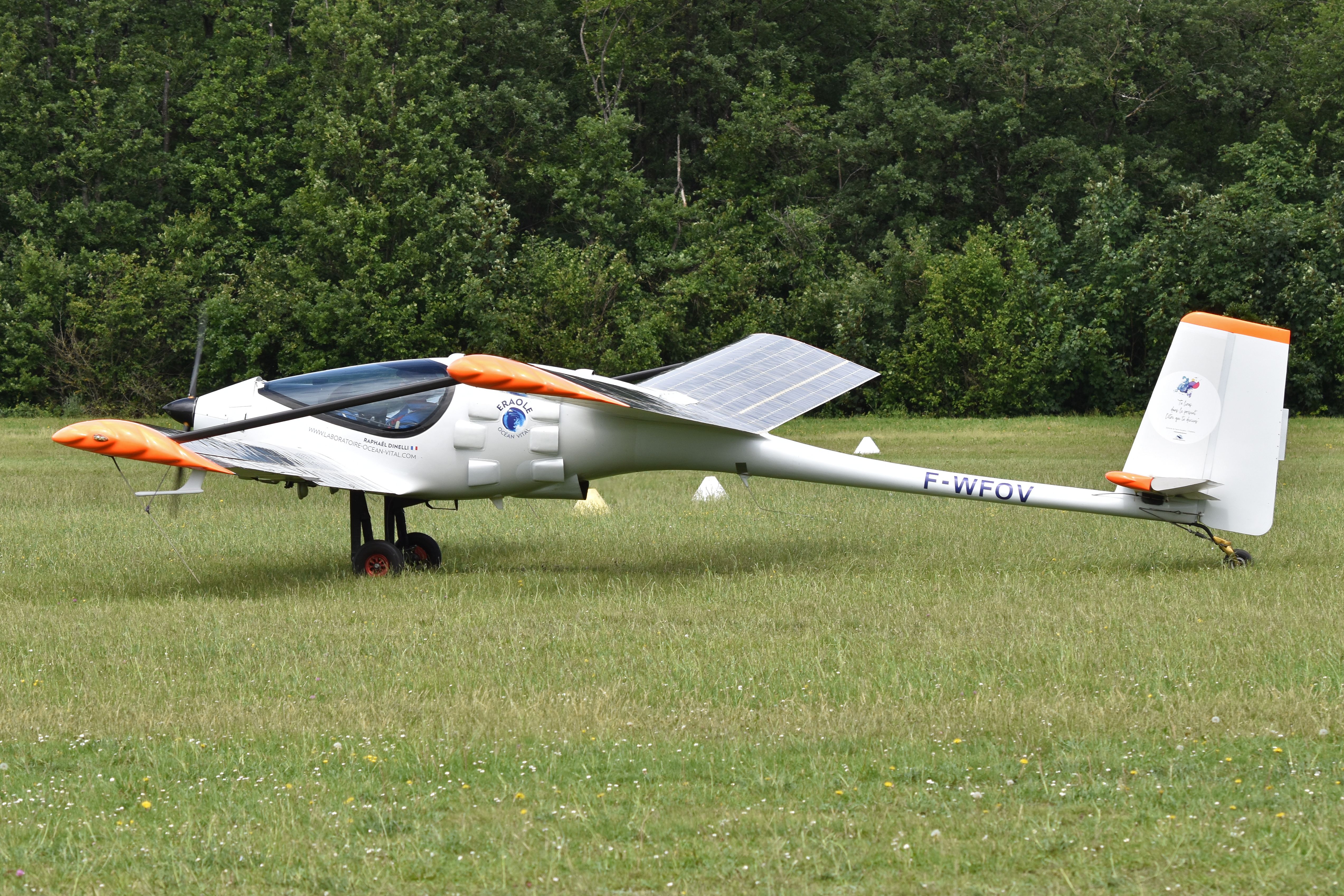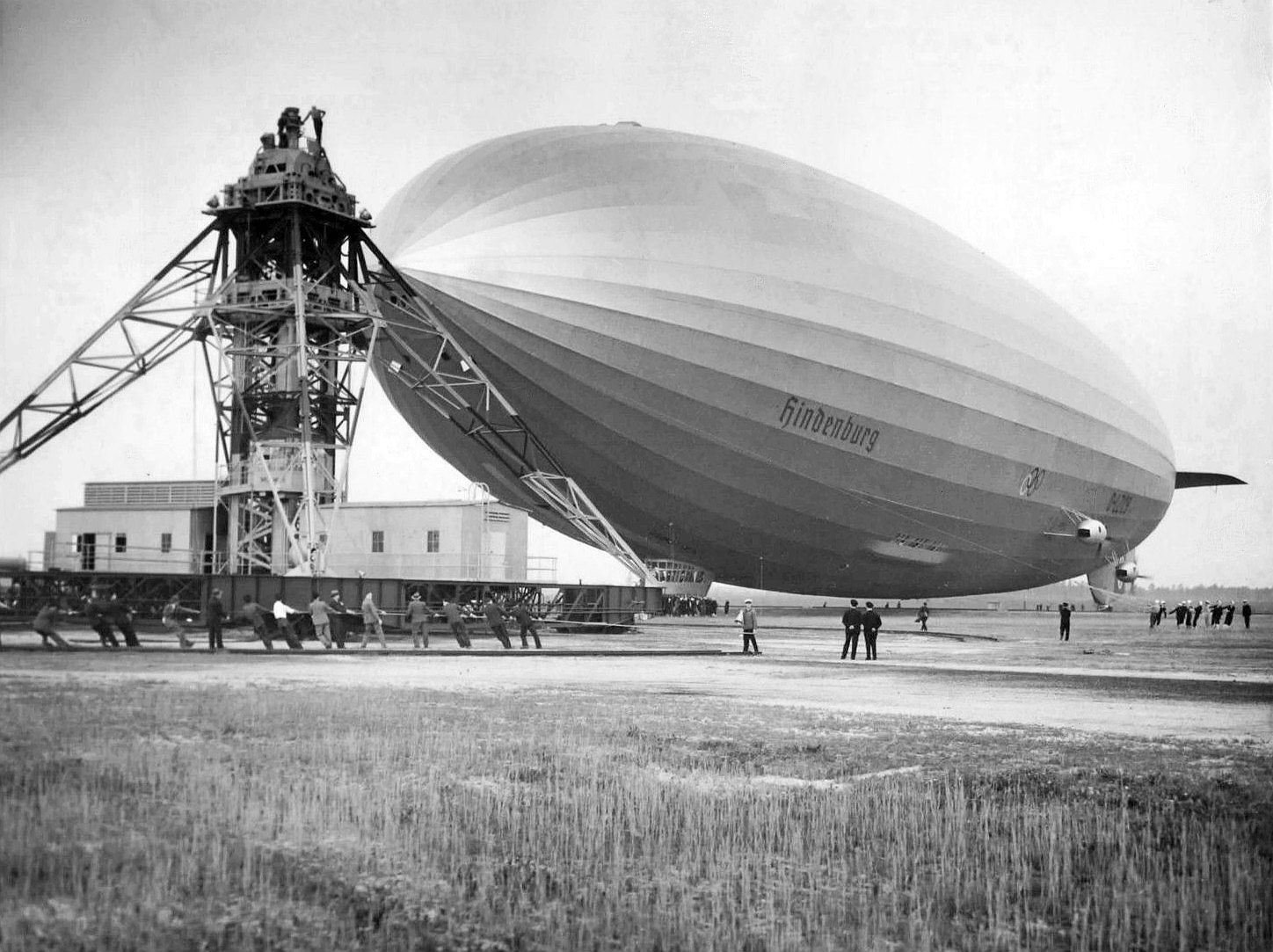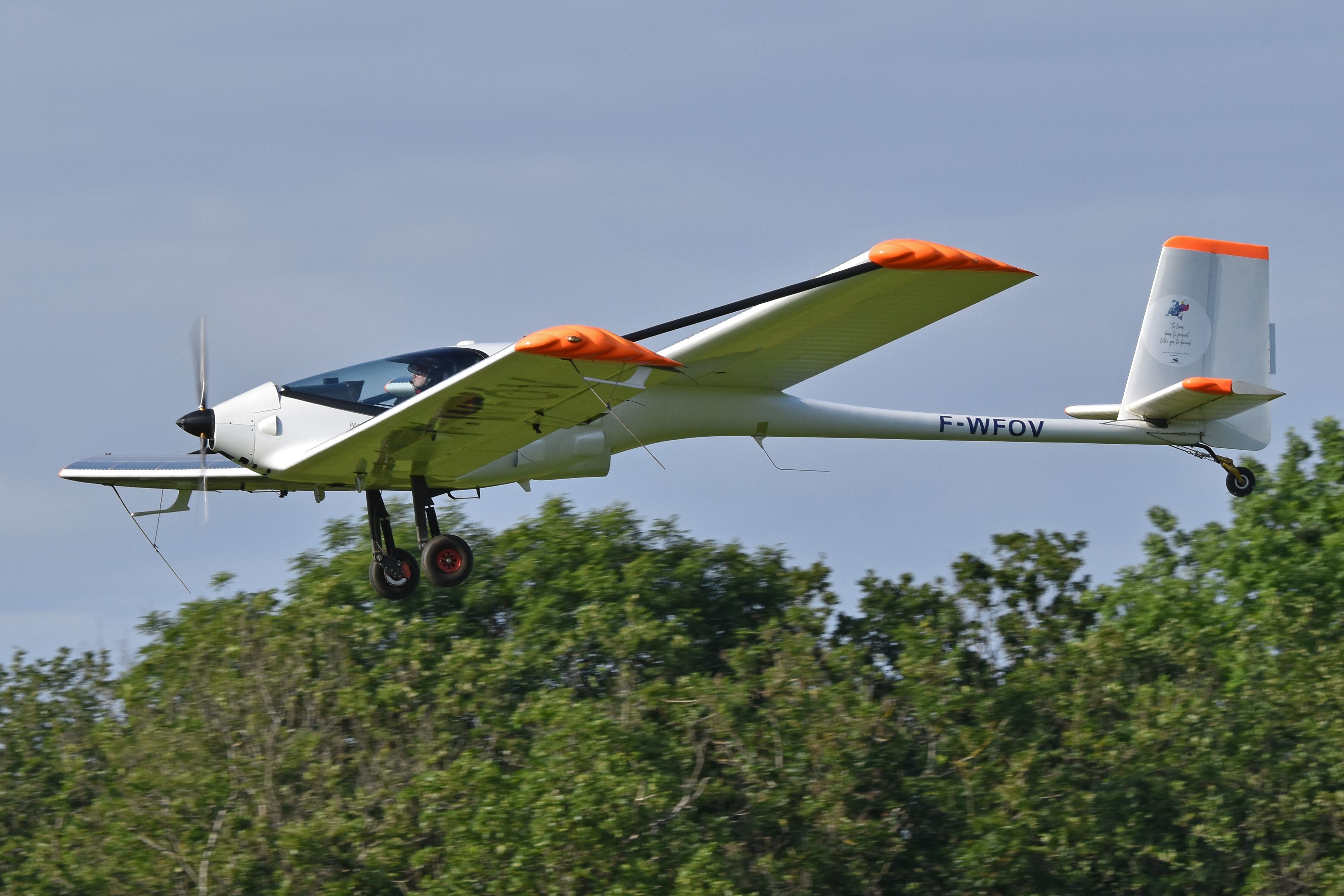Recently Simple Flying highlighted the use of hydrogen technology to power aircraft. Despite promising propositions for hydrogen-powered aircraft, significant challenges occur in the storage, handling, and infrastructure. With safety being the top priority in aviation, the safe use of hydrogen technology on aircraft is desired.
Industry impression
Before diving into the detailed comparison of hydrogen and jet fuel, industry perceptions around the use of hydrogen are briefed. In 1937, a hydrogen-filled passenger airship, Hinderburg (D-LZ129), caught fire during its attempt to dock at the Lakehurst Naval Air Station in New Jersey. The airship quickly engulfed in flames, and 35 out of 97 onboard perished.
The incident caused a wrong impression of using hydrogen as a fuel for aircraft. It is noteworthy that many land and space air vehicles have been using hydrogen as a fuel for decades. With extensive research and safety parameters in place, hydrogen is relatively safe compared to jet fuel.
Properties of hydrogen
The buoyancy of diatomic hydrogen makes the hydrogen fire less destructive to surroundings than the gasoline fire. The buoyancy keeps hydrogen flames upwards in the atmosphere. Gasoline contains hydrocarbons that tend to combust circumferentially rather than upwards in the atmosphere. Hydrogen burns a lot quicker than jet fuel and evaporates in the atmosphere more rapidly.
Spilled or leaked hydrogen is likely to dissipate much quicker than jet fuel. For example, a 2,200 lb (1,000 kg) volume of jet fuel takes just over 60 seconds to dissipate. The same volume of hydrogen takes less than 2.5 seconds to disperse into the atmosphere. As such, the danger remains much smaller with hydrogen than with jet fuel in case of a spill or a leakage.
Get the latest aviation news straight to your inbox: Sign up for our newsletters today.
Ignition and fire
The auto-ignition temperature of hydrogen is higher than that of jet fuel. Jet fuel can ignite through a lit cigarette, whereas pure hydrogen will not be ignited with a lit cigarette. The hydrogen-air mixture may have a higher ignition point, depending on the percentage of air in the mix.
Hydrogen radiates much more slowly with a lower ignition point due to its lower emissivity. Low emissivity of hydrogen prevents the heat from entering into insulated components in case of an isolated fire.
Minor hydrogen fire could be deceiving due to its invisible flame. Jet fuel, on the other hand, has a visible flame. The toxicity of hydrogen is almost negligible compared to the toxicity of jet fuel. Jet fuel is toxic to human organs, including the liver, kidneys, and lungs.
Detonation limit
Hydrogen has a low detonation limit, meaning it does not detonate in a free atmosphere. Hydrogen can be used to power aircraft in a liquid state. Impact on liquid hydrogen tanks does not result in detonation. A perfect mixture of hydrogen and air may be detonated with a strong detonator (much more potent than a gunshot).
Even though an internal impact of such scale is unlikely during flight, thick-walled tanks must be used to store liquid hydrogen onboard the aircraft. While the safety of hydrogen as a fuel is a concern for hydrogen-powered aircraft, its use can be as safe as jet fuel.
What are your thoughts on the safety of hydrogen-powered aircraft? Tell us in the comments section.




